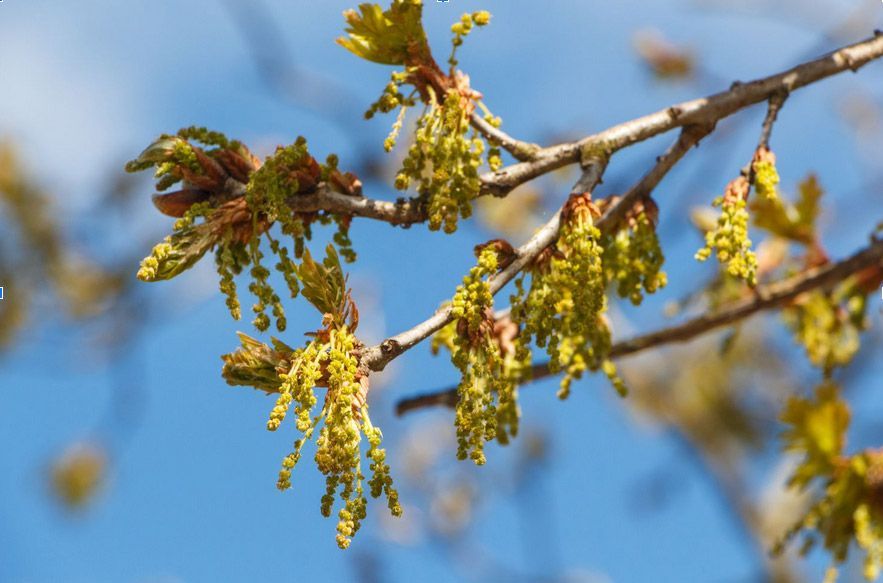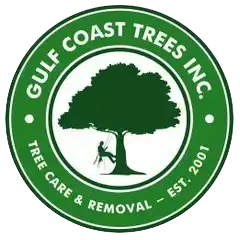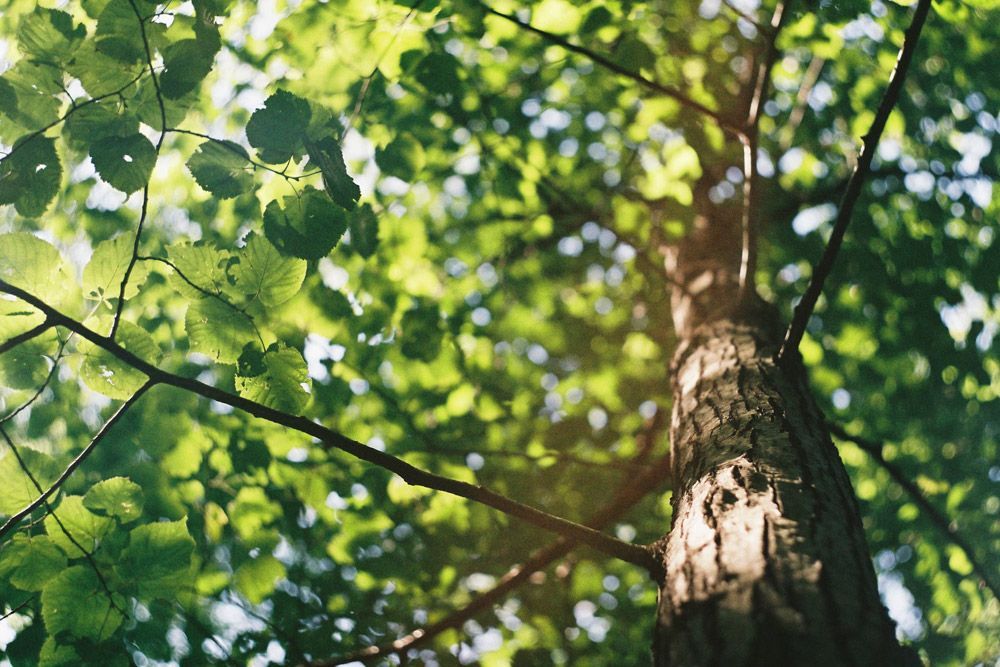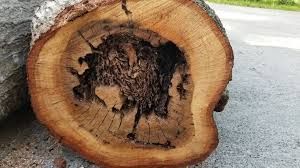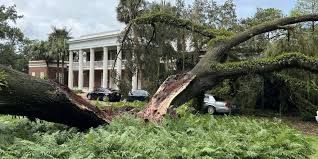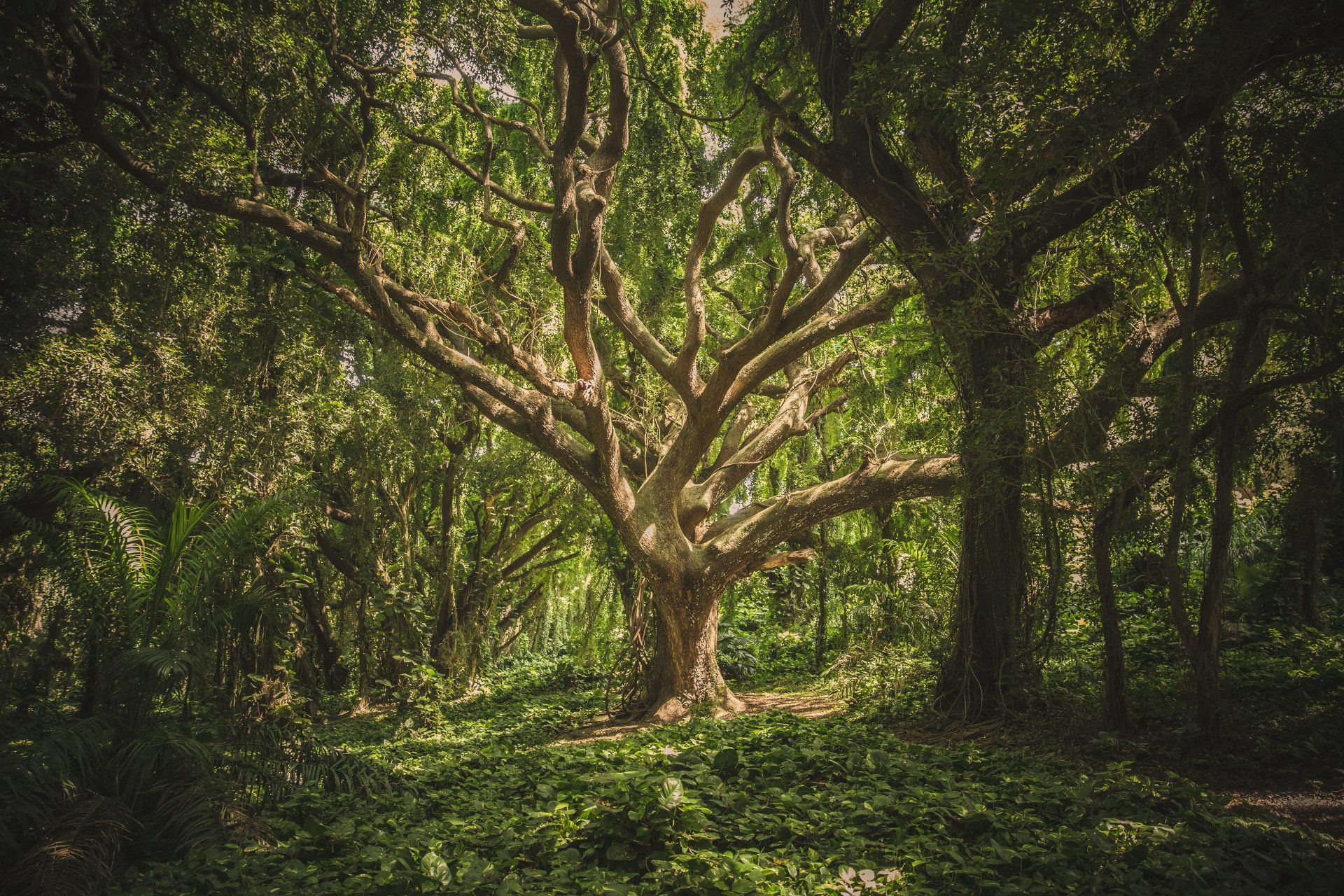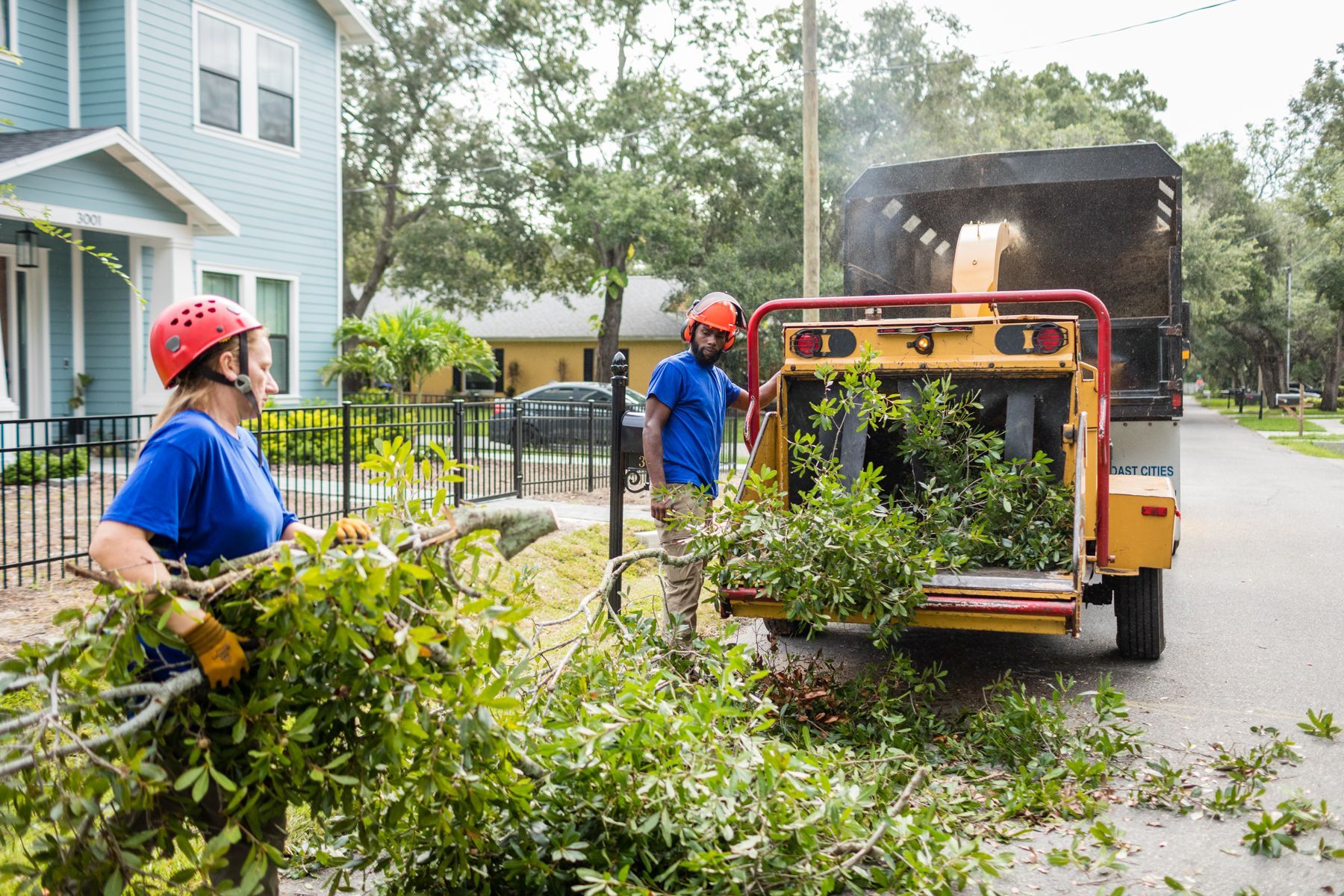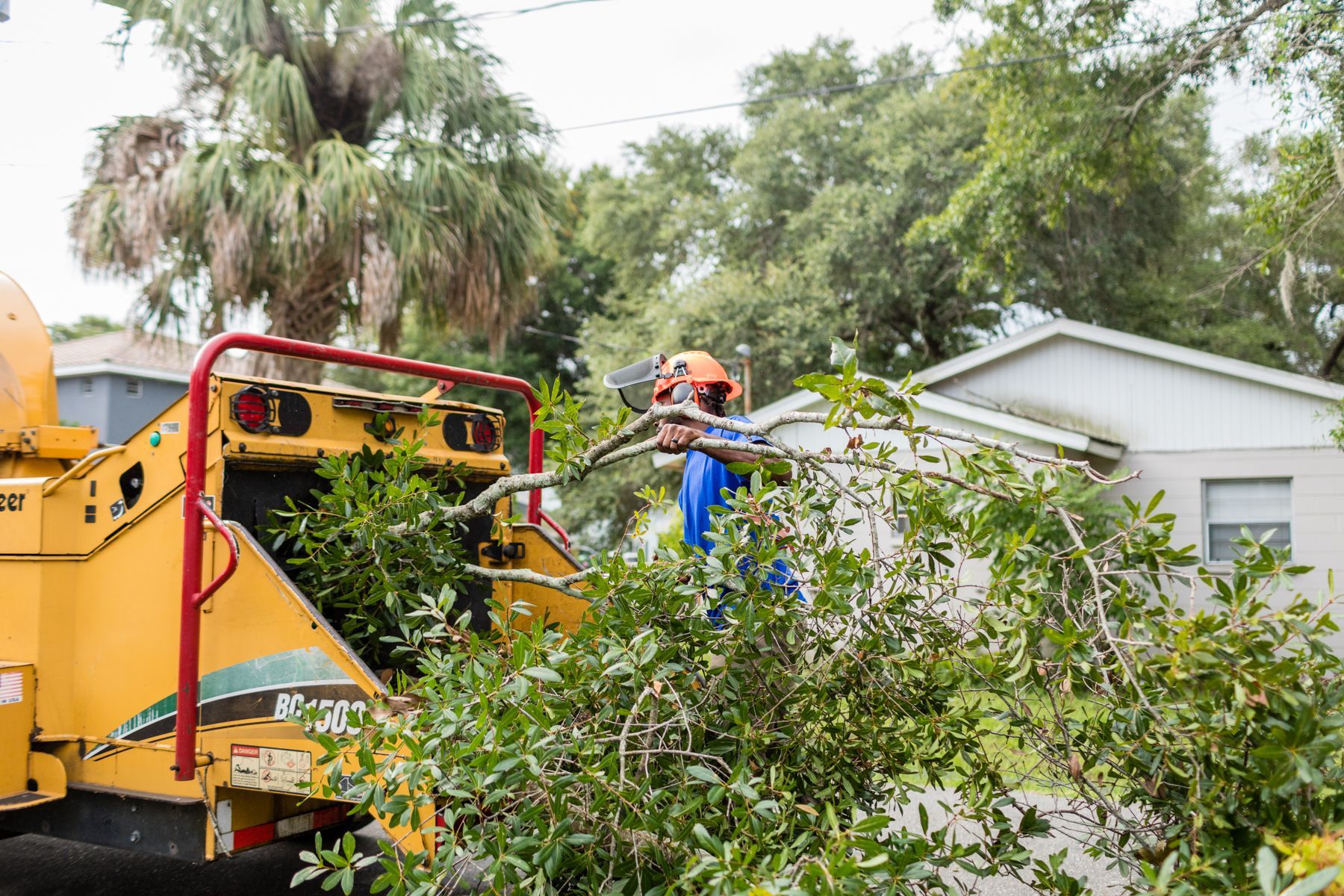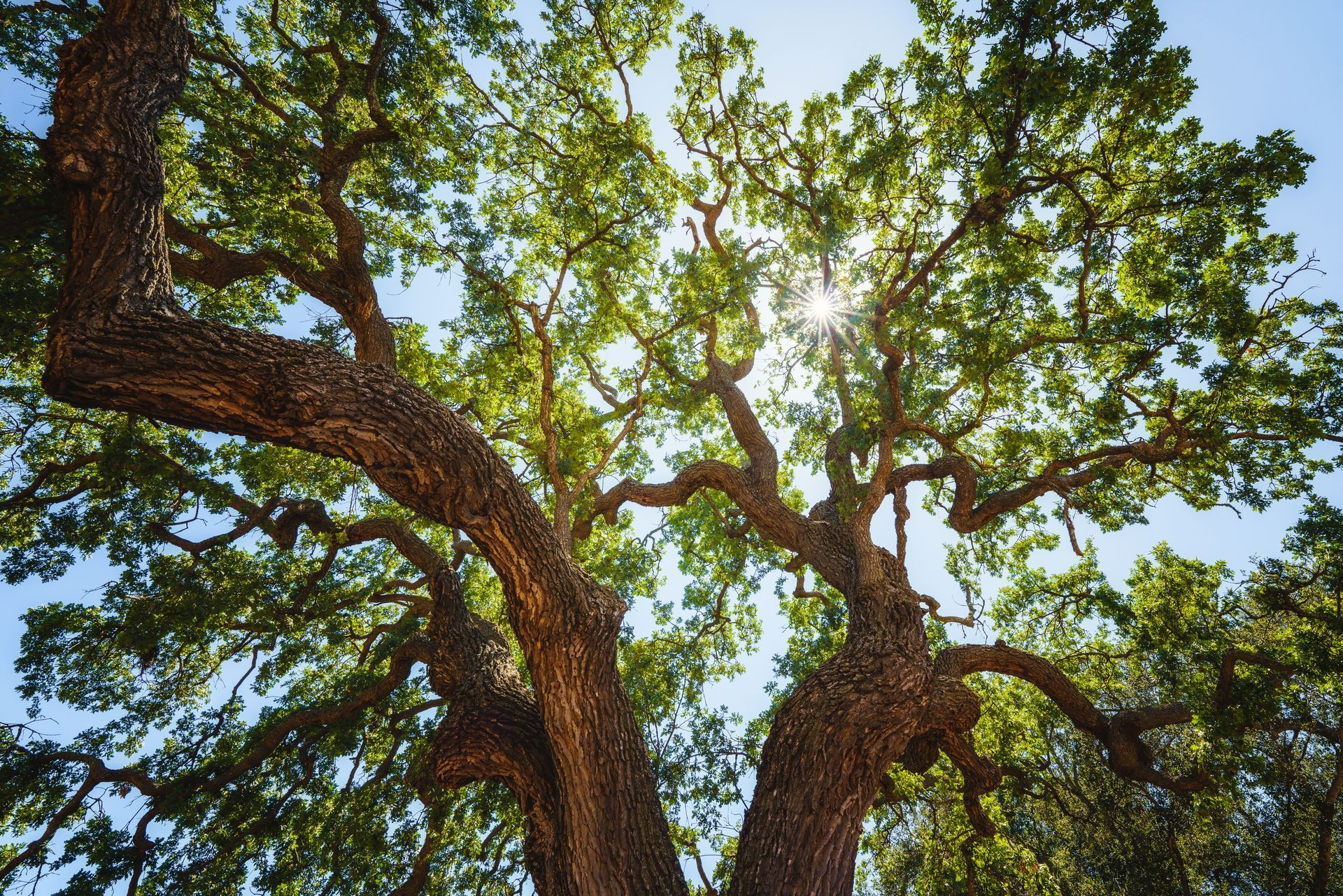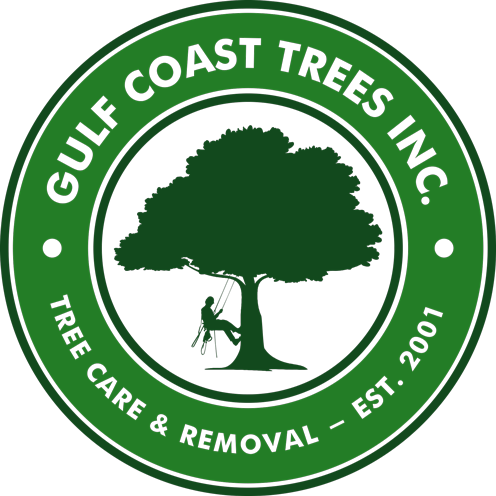Tree Stump Grinding vs. Removal: Which Option Is Best?
When it comes to maintaining your property after a tree has been cut down, deciding what to do with the remaining stump is an important consideration. Stumps can be unsightly, take up valuable space, and sometimes even become a hazard.
That’s where the choice between tree stump grinding and tree stump removal comes into play.
Each option has its pros and cons, and the best choice depends on your property’s specific needs and long-term plans. Let’s break down the key differences and help you decide which option is right for you.
Why Address Tree Stumps at All?
Before diving into the options, let’s explore why removing or grinding a tree stump is so important:
- Aesthetic Appeal: A leftover tree stump can detract from the beauty of your yard.
- Safety Hazards: Stumps can be tripping hazards, especially for children and pets.
- Pest Problems: Decaying stumps often attract insects like termites, ants, and beetles, which can eventually spread to nearby plants or your home.
- Regrowth Issues: Some stumps can sprout new growth, leading to the same tree-related problems you just resolved.
Now that we know why it’s necessary to deal with stumps, let’s compare the two main methods: stump grinding and stump removal.
What Is Stump Grinding?
Stump grinding involves using a specialized machine to grind the stump down to just below ground level. This process leaves the roots intact but ensures the stump is no longer visible.
Pros of Stump Grinding
- Cost-Effective: Stump grinding is typically more affordable than full stump removal, making it a popular choice for homeowners.
- Quick Process: Grinding is faster and less invasive, as it only deals with the stump and not the entire root system.
- Eco-Friendly: The leftover wood chips from the grinding process can be used as mulch in your garden.
- Minimal Damage: Since it doesn’t involve digging up roots, there’s less disruption to your yard.
Cons of Stump Grinding
- Root Remains: While the stump is gone, the roots remain underground and can potentially cause issues like root decay or fungal growth.
- Not Suitable for Replanting: If you plan to plant a new tree in the same spot, the existing roots can make this difficult.
Limited Depth: Grinding doesn’t go as deep as removal, which can be a concern if the stump’s placement interferes with landscaping or construction plans.
What Is Stump Removal?
Stump removal involves completely extracting the stump and its entire root system from the ground. This process is more intensive and often requires heavy machinery.
Pros of Stump Removal
- Complete Elimination: The entire stump and root system are removed, leaving no chance for regrowth or decay.
- Clean Slate: You’ll have a fully cleared space, which is perfect for replanting, landscaping, or construction projects.
- Long-Term Solution: Without roots remaining, there’s no risk of issues like fungal infections or pests spreading from the stump.
Cons of Stump Removal
- More Costly: Stump removal is generally more expensive than grinding due to the labor and equipment involved.
- Time-Consuming: The process takes longer and requires more effort to fully extract the stump and roots.
Yard Damage: Removing the root system can sometimes disturb the surrounding soil and landscape, requiring additional cleanup or repairs.
When to Choose Stump Grinding
Stump grinding is ideal if:
- You’re Budget-Conscious: Grinding is a cost-effective way to quickly eliminate the visible part of the stump.
- Minimal Yard Damage Is a Priority: If you don’t want to disturb your yard, grinding is less invasive.
- Focused on Aesthetics: Grinding is ideal if you want to remove the stump to simply improve the look of your yard, without plans for new trees or projects.
If you’ve had a tree removed for aesthetic reasons and want a quick and affordable solution, stump grinding is likely your best bet.
When to Choose Stump Removal
Stump removal is the better choice if:
- You Need a Clean Slate: If you’re planning to landscape, build, or replant, removing the entire stump and root system will make it easier to move forward.
- The Stump Is Causing Problems: In cases where the roots are interfering with plumbing, sidewalks, or other structures, removal is necessary.
- You Want a Permanent Solution: Removal ensures the stump and roots won’t cause future issues like pest infestations or decay.
If you’re preparing to install a garden bed or construct a patio, stump removal will provide the solid foundation you need.
The Role of Professional Tree Removal Services
Whether you choose stump grinding or stump removal, working with a professional tree removal company like Gulf Coast Tree ensures the job is done safely and efficiently. Attempting to remove or grind a stump on your own can be dangerous without the right equipment and expertise.
Benefits of Hiring Gulf Coast Tree:
- Expertise: Our team has extensive experience in tree removal, stump grinding, and stump removal, ensuring the best results for your property.
- Safety: We use industry-leading equipment and follow strict safety protocols to prevent accidents.
- Customized Solutions: Every property is unique, and we tailor our services to meet your specific needs.
Comprehensive Care: From tree trimming to stump removal, we handle all aspects of tree care, leaving your yard looking its best.
Final Thoughts
Deciding between stump grinding and b ultimately depends on your specific goals, budget, and future plans for your property. Grinding is a cost-effective and efficient solution for most situations, while removal offers a complete and permanent fix when necessary.
If you’re still unsure which option is right for you, contact Gulf Coast Tree for expert advice and professional tree care services. Whether you need Tampa tree removal, stump grinding, or full stump removal, we’re here to help transform your yard into a safe and beautiful space.
